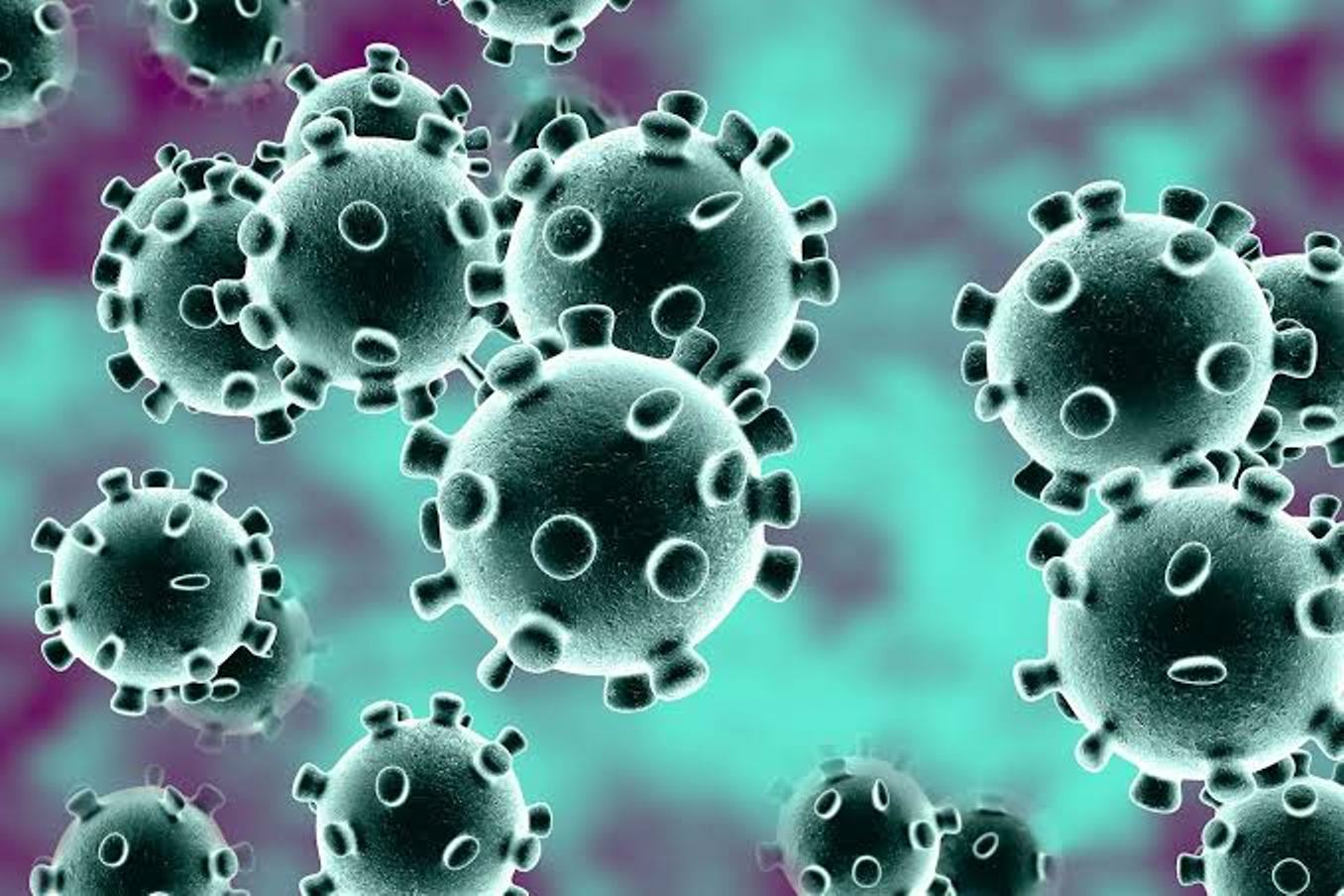The outbreak of the Wuhan virus in mainland China has sent health authorities across the scrambling to put precautionary measures in place against the spread. The virus has claimed 25 lives, infected over 800 people and spread to a number of countries across the globe.
What is the Wuhan virus
The Wuhan virus or the 2019-nCoV is part of a family of viruses known as coronaviruses. These viruses primarily infect bats, pigs and small mammals but mutate easily and can jump from animals to humans. Chinese health officials as well as the World Health Organization (WHO) have confirmed that the virus can spread from human to human as well.
2019-nCoV has been found to be at least 70 percent similar in genome sequence to SARS-CoV which affected numerous people and caused a number of deaths in 2003. Whether the Wuhan virus is of the same severity or lethality as SARS is still unclear.
Origins
The virus is thought to have originated in the seafood and meat market in Wuhan, a city in the central Chinese province of Hubei. The initial outbreak was identified in mid-December 2019 as a cluster of people with pneumonia with no clear cause.
On December 31, 2019, 27 people with pneumonia of unknown cause were reported to the WHO. Most were stallholders from the Huanan Seafood Market, seven of whom were in critical condition. The market was shut down on January 1, 2020.
Symptoms
Patients typically have fever, cough and other symptoms of pneumonia. Reported symptoms have included fever in 90% of cases, fatigue and a dry cough in 80%, and shortness of breath in 20%, with respiratory distress in 15% cases. Public-health officials have developed diagnostic tests, which are being used to confirm whether a patient has the Wuhan virus or another infection.
Countries with confirmed cases
- Mainland China
- Thailand
- Hong Kong
- Macau
- Japan
- Vietnam
- Singapore
- South Korea
- Taiwan
- United States
Precautions
With no drugs or vaccines currently available to treat the virus, precautionary measures as follows are recommended:
- Practice frequent hand washing with soap (e.g. before handling food or eating, after going to toilet, or when hands are dirtied by respiratory secretions after coughing or sneezing)
- Cover your mouth with a tissue paper when coughing or sneezing, and dispose the soiled tissue paper in the rubbish bin immediately
- Avoid close contact with anyone showing symptoms of respiratory illness (such as coughing and sneezing)
- Avoid contact with live animals including poultry and birds, and consumption of raw and undercooked meats
- Wear a mask if you have respiratory symptoms such as a cough or shortness of breath
- Seek medical attention promptly if you are feeling unwell



